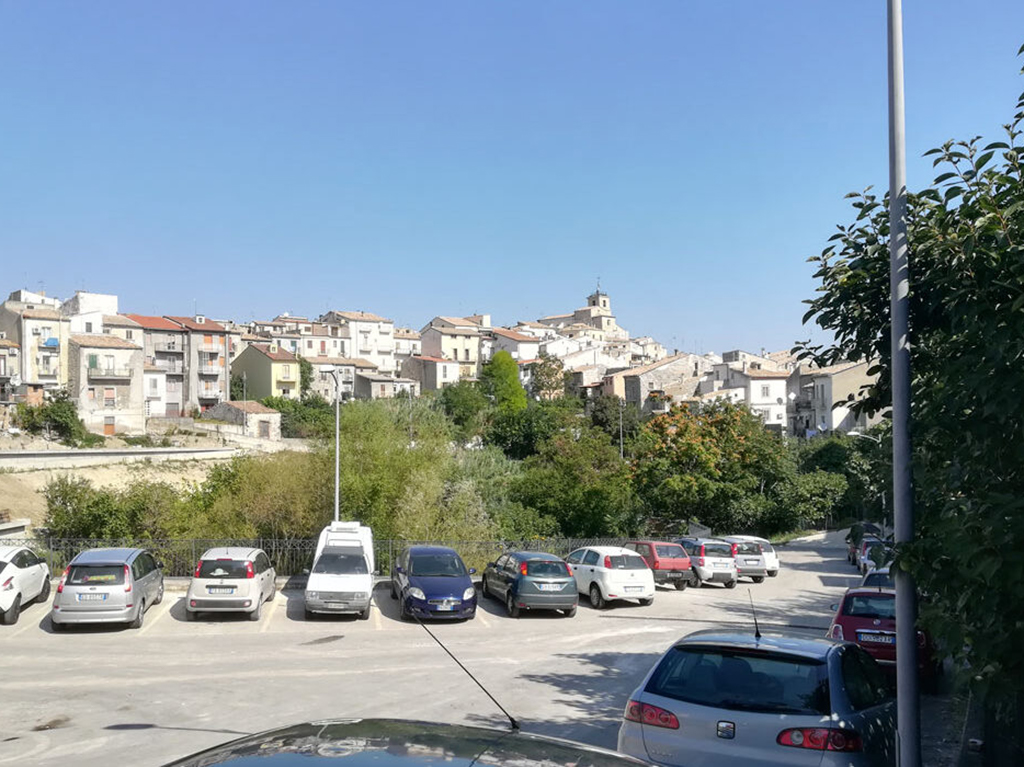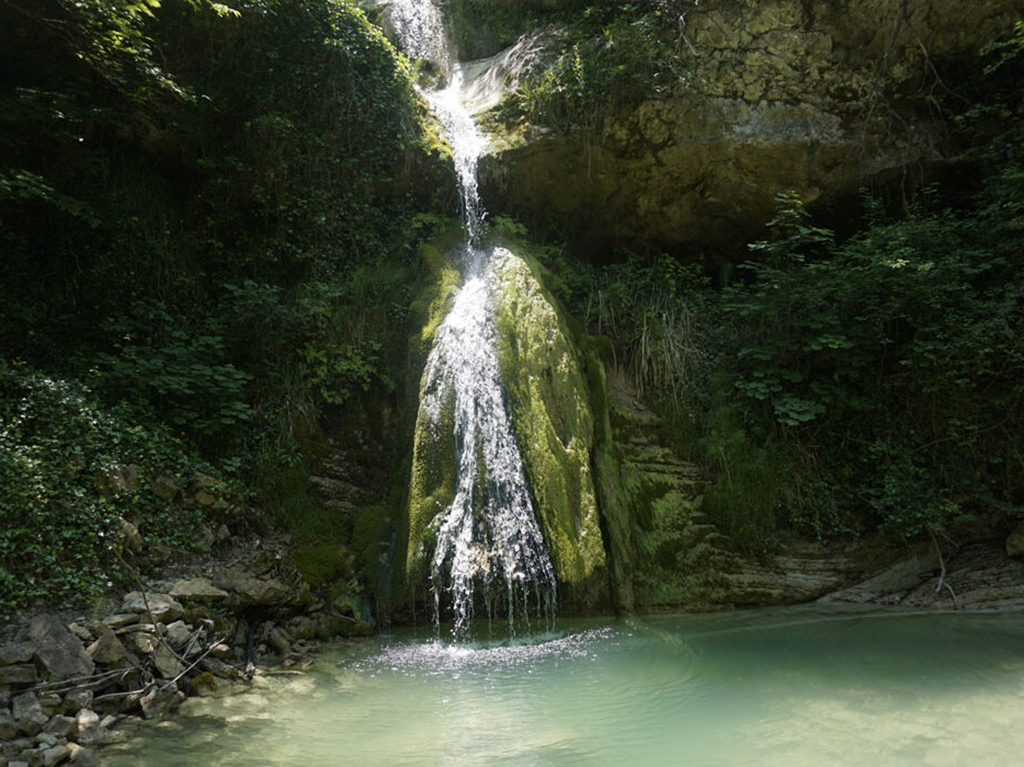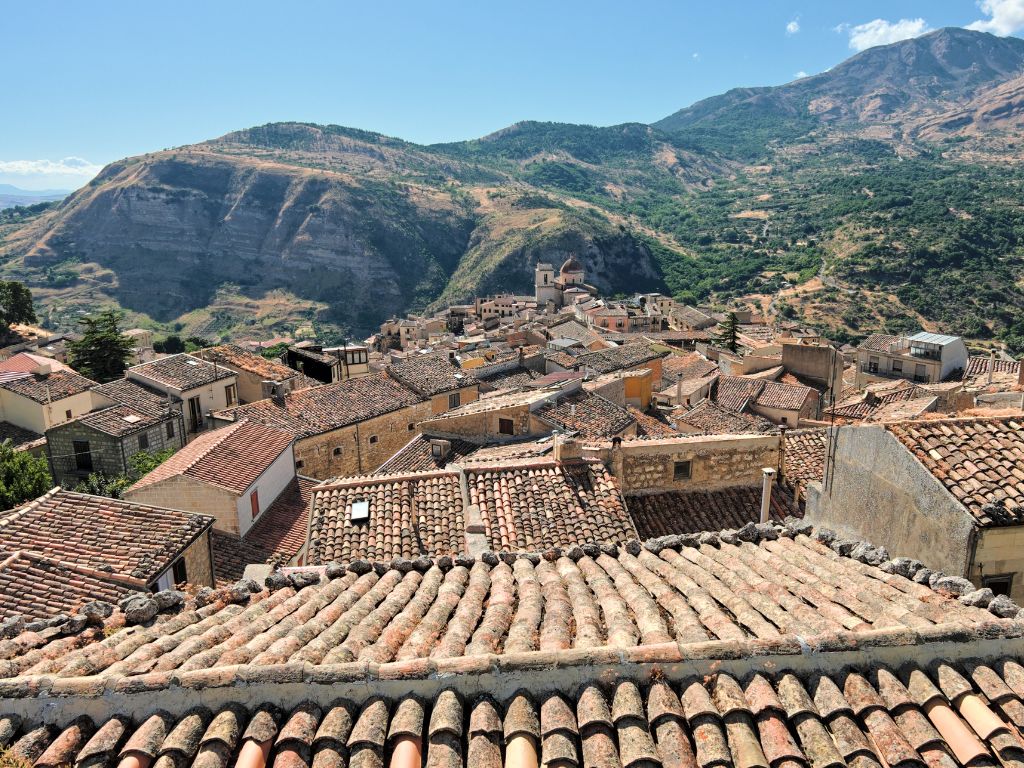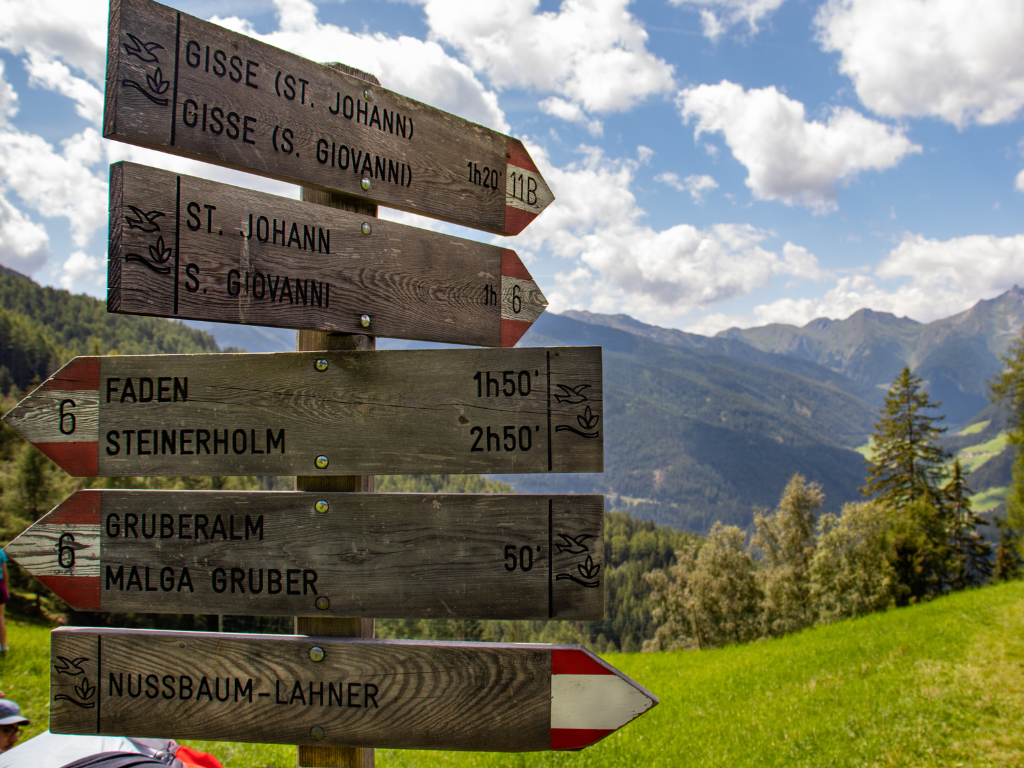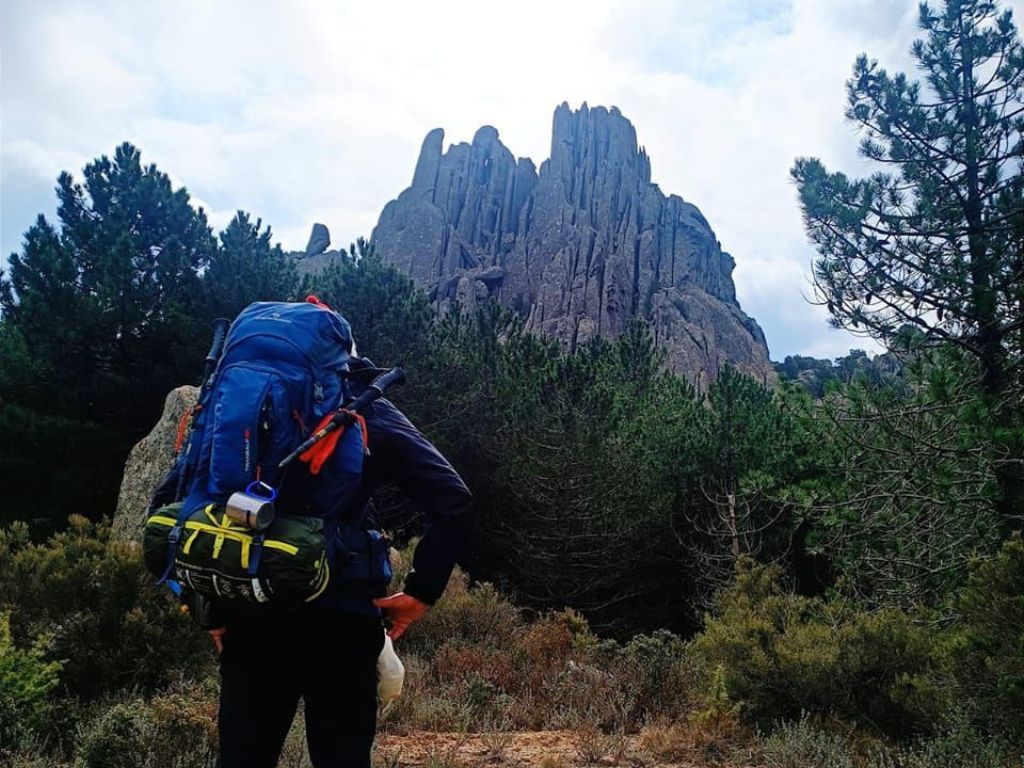In the heart of the majestic mountains of the Abruzzo Apennines, lies a place of rare beauty and deep spirituality: the Hermitage of Santo Spirito in Majella. This ancient hermitage, nestled among rocks and centuries-old woods, is a place that combines history, faith, and nature, offering visitors a unique and evocative experience.
Hermitage of Santo Spirito in Majella: Spiritual Oasis in Nature
History and Origins
The Hermitage of Santo Spirito in Majella has ancient origins dating back to the 13th century. It was founded by Pietro da Morrone, the future Pope Celestine V, who chose this remote and isolated location for retreat and prayer. This hermitage was therefore a key place in Pietro da Morrone's life, who later became Pope in 1294. Establishing a hermitage in this location symbolized his desire to withdraw from the world and seek a profound connection with spirituality and nature.
The Church of Santo Spirito in Majella is situated within a unique landscape and natural context. It is located at an altitude of 1132 meters along a limestone rock wall enveloped by a majestic beech forest. Its history is closely linked to the figure of Pietro Da Morrone. The initial hermit settlements date back to around the 8th century and evolved into a Benedictine possession during the 11th century. In 1053, Abbot Desiderius resided there, who later became Pope Victor III in 1086. In 1246, upon Pietro's arrival, the Church was rebuilt and dedicated to the Holy Spirit following a legendary vision that occurred at dawn on August 29, 1249. From the second half of the 14th century, a gradual decline of the hermitage led to a long period of abandonment. Its revival awaited Abbot Pietro Santucci da Manfredonia who, in 1586, obtained consent from Pope Sixtus VI to rebuild Santo Spirito. In 1646, the complex was further expanded with a structure for civilian use, known as "La Casa del Principe," commissioned by Prince Marino Caracciolo.
Upon entering the beautiful wooden door bearing the inscription "Porta Coeli," visitors step into the splendid single nave, a place that is both evocative and spiritual. To the side, access leads to the rear and ascends to the Holy Stairs, reaching the Oratory of Magdalene, where one can enjoy a breathtaking panorama.
On the left side of the Church, descending a small stone staircase, one can enter the small hermitage where Celestine V used to pray, also known as the Room of the Crucifix. A beautiful fresco remains here, depicting an angel holding symbols of the Passion, with one of the ancient Celestine symbols (a cross on a mountain surrounded by an 'S' representing the Holy Spirit) situated on the wall. Strangely, the 'S' is reversed. The hermitage is also mentioned by Petrarch in the work 'De Vita' as suitable for solitude and spiritual asceticism.
Entry to the Church is free, while the Oratory and the Holy Stairs require a 3-euro ticket. For 5 euros, visitors can also access the Room of the Crucifix and benefit from an expert guide sharing the history of the place. Purchasing the full ticket for 5 euros is highly recommended.
Spirituality and Retreat
For centuries, the hermitage has been a place of retreat and meditation for monks and pilgrims seeking spiritual reflection and isolation from everyday life. Its secluded location, surrounded by pristine nature, has made this place ideal for those seeking to escape the distractions of the world and deepen their relationship with faith.
Even today, the Hermitage of Santo Spirito in Majella continues to attract pilgrims and visitors in search of inner peace and a deeper connection with spirituality. Many people choose to undertake hikes and pilgrimages to reach this place, experiencing a kind of "inner journey" along the path.
Harmony with Nature
In addition to its spiritual significance, the Hermitage of Santo Spirito in Majella is set within an extraordinary natural environment. The beauty of the Majella mountains and the richness of the surrounding flora and fauna contribute to creating an atmosphere of tranquility and peace. Visitors can enjoy not only moments of inner reflection but also a reconnection with untouched nature.
Preserving the Heritage
The Hermitage of Santo Spirito in Majella holds invaluable historical and spiritual value, but its preservation is a constant challenge. It's important that appropriate measures are taken to preserve and protect this heritage, ensuring that future generations can continue to draw inspiration from this unique place.
In conclusion, the Hermitage of Santo Spirito in Majella represents a crossroads of history, faith, and nature. Its ancient beauty and deep spirituality capture the hearts and minds of all who approach it. This enchanting place offers a pause from the hustle and bustle of modern life, inviting visitors to reflect, meditate, and rediscover the beauty of spirituality and nature.








